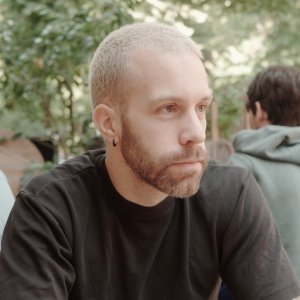On Curiosity
When I observe the people around me, there’s one character trait some people possess that makes them more successful1 than their peers (this is, obviously, all anecdotal evidence): they are tremendously curious.
It doesn’t matter if they tried doing a thing and it didn’t work, or simply came across something unfamiliar. These people go the extra mile to figure out how and why things are the way they are.
They don’t stop at the first layer either. They dig deep, keep asking how and why over and over again until their curiosity is satiated.
Not all paths they follow have a specific end goal. Sometimes they stumble upon something, explore it, find alternative routes, and decide to follow those for a while.
This curiosity always comes with a certain friction. Not giving in to it is the default, easier mode. Being curious is, at times, hard. Joan Westenberg explains it like this:
Because in the real world, knowledge is earned through movement. Friction. Ambiguity. The old experience of falling into a stack of books at the library wasn’t efficient, but that was hardly the point. You’d go in looking for one answer and come out with five better questions. That’s how curiosity thrives: in the space between expected and unexpected, between map and territory.
My closest friends are very curious people. I’d like to believe I am too. But from the outside, this trait might seem unnecessary. Some people might even find it bothersome. “Stop asking questions” or “because I said so” are phrases curious people have heard hundreds of times.
Asking yourself why things are the way they are doesn’t always bring obvious value. There might not be any benefit to knowing, except for the fact that now you know. Knowledge and embracing curiosity is often the end goal.
But if you practice curiosity over a long period, you start to see the world differently. You ask questions others don’t, simply because they didn’t know they could. And once you start doing that, the world opens up.
You also train your mind to switch modes at will. That’s useful, since curiosity and anxiety share similar brain regions. Anne-Laure Le Cunff2:
Curiosity activates many of the same brain regions [as anxiety], but with a crucial difference in framing. Instead of asking “What might go wrong?” curiosity asks “What might I discover?”
The anterior cingulate cortex, which processes uncertainty in both anxious and curious states, shifts from threat-detection mode to exploration mode. The prefrontal cortex, instead of ruminating on potential failures, begins generating possibilities.
Curiosity is the basis for a creative life. I doubt you can reach your full creative potential without cultivating it.
And cultivating curiosity is simply the act of asking “why” and “how” about seemingly mundane things. It’s the act of digging, removing layers one by one, until you feel satisfied. On some topics that comes quickly. On others, you dig for years and one day realize you’ve become an expert. Without even noticing the shift.
For curious people, being curious is like swimming for fish. We do it because it’s just the way we work.
So, stay curious.
